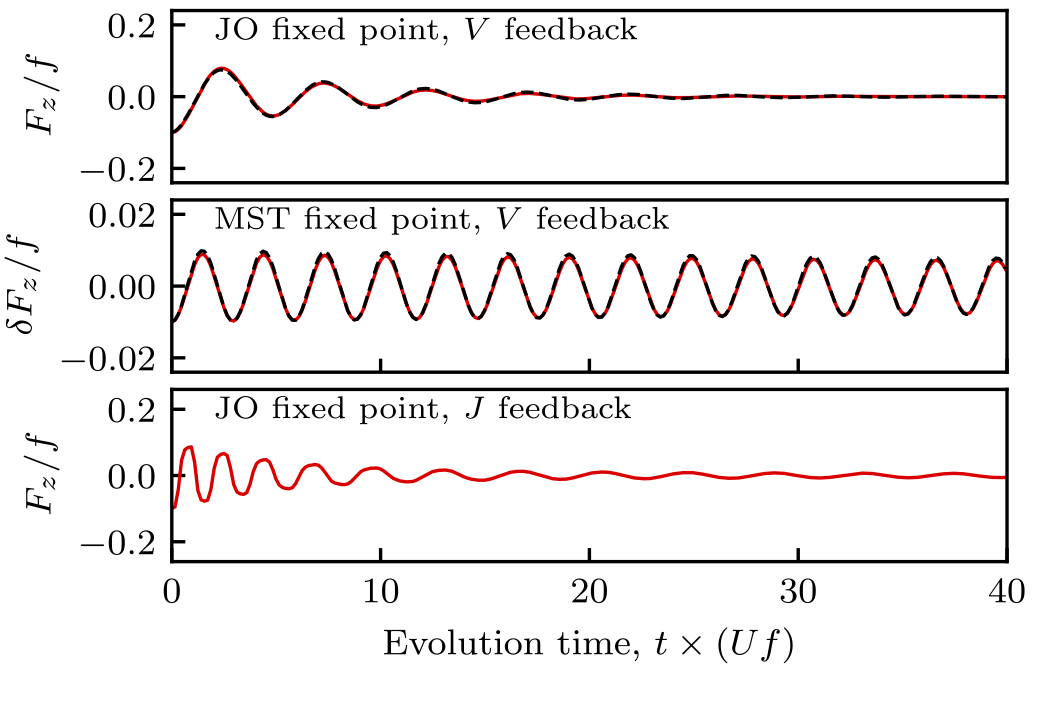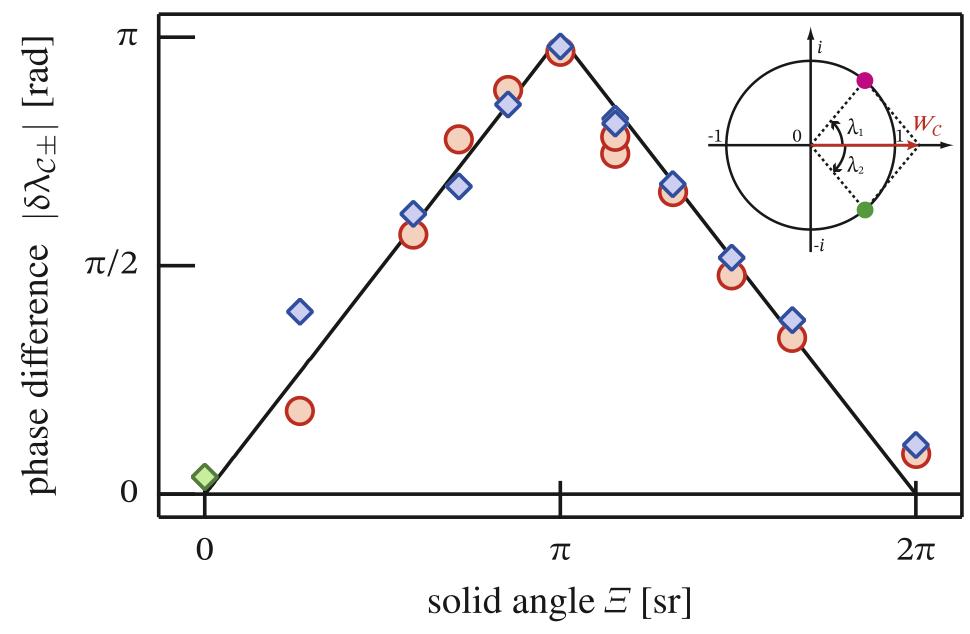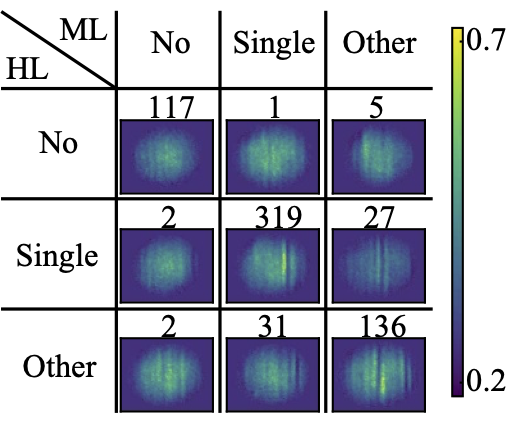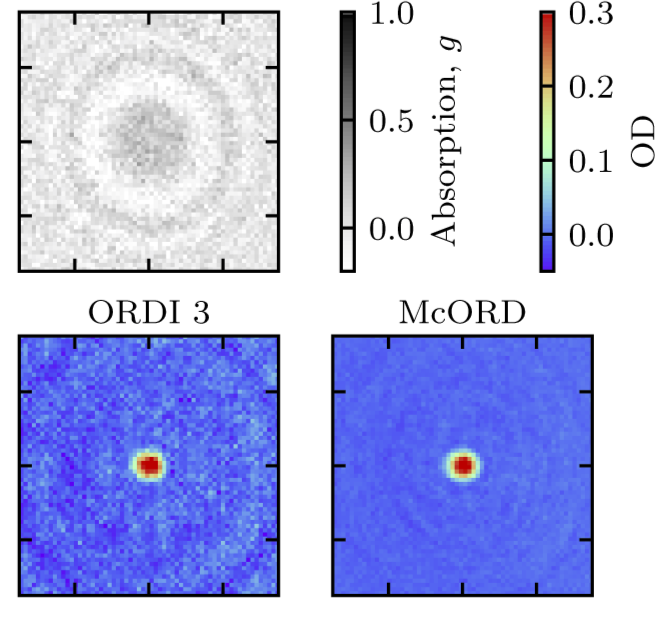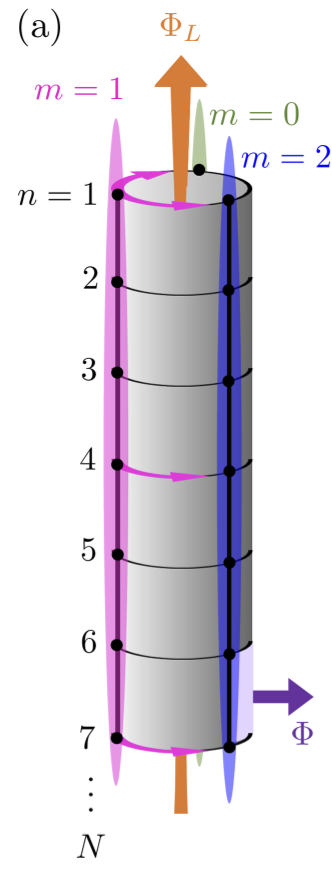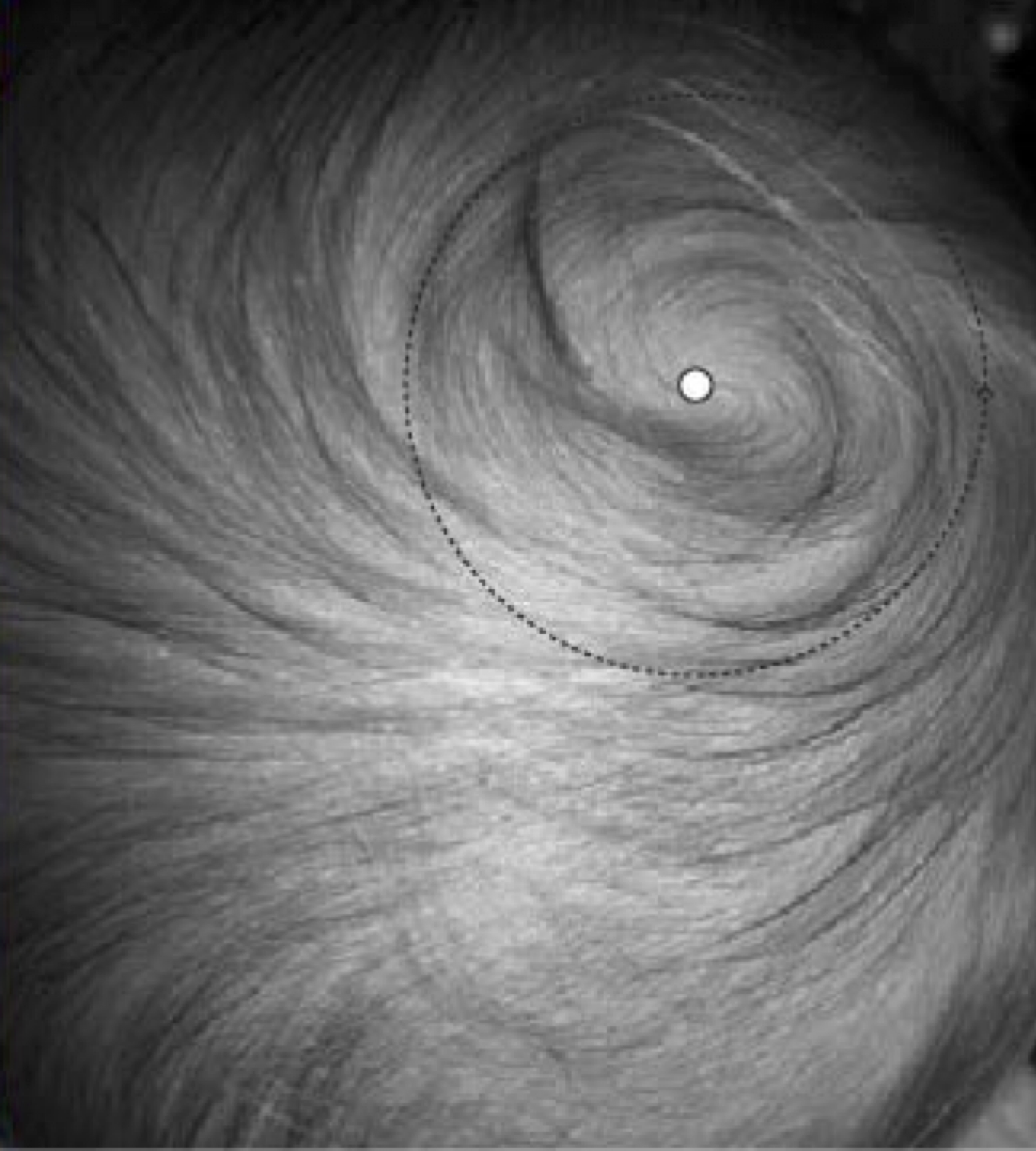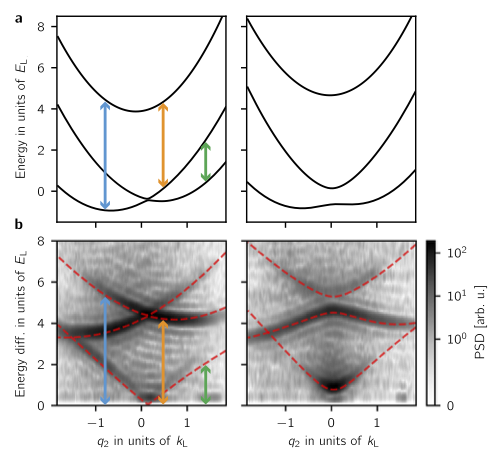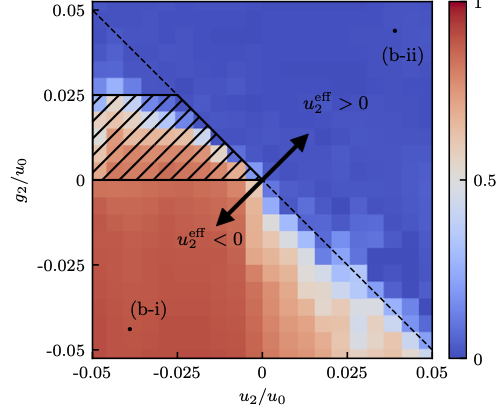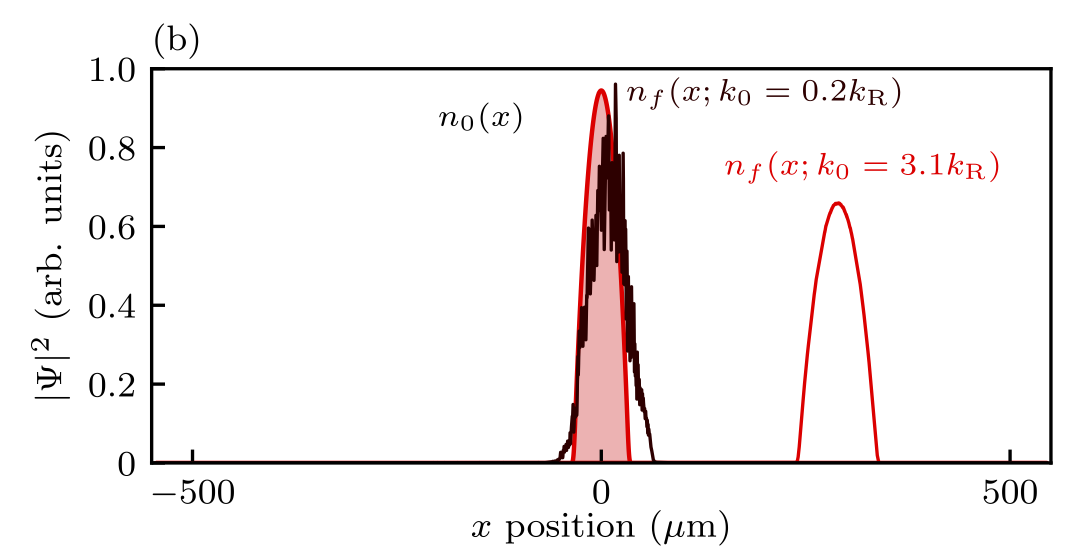Feedback-stabilized dynamical steady states in the Bose-Hubbard model
The implementation of a combination of continuous weak measurement and classical feedback provides a powerful tool for controlling the evolution of quantum systems. In this paper, we investigate the potential of this approach from three perspectives. First, we consider a …
Feedback-stabilized dynamical steady states in the Bose-Hubbard model Read more »

